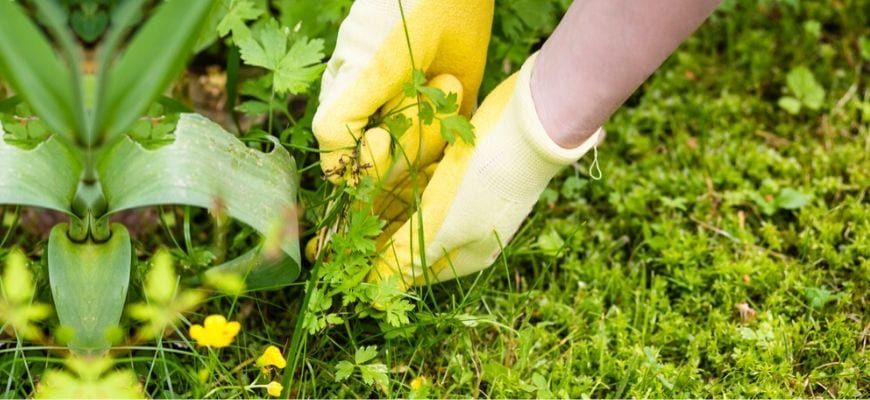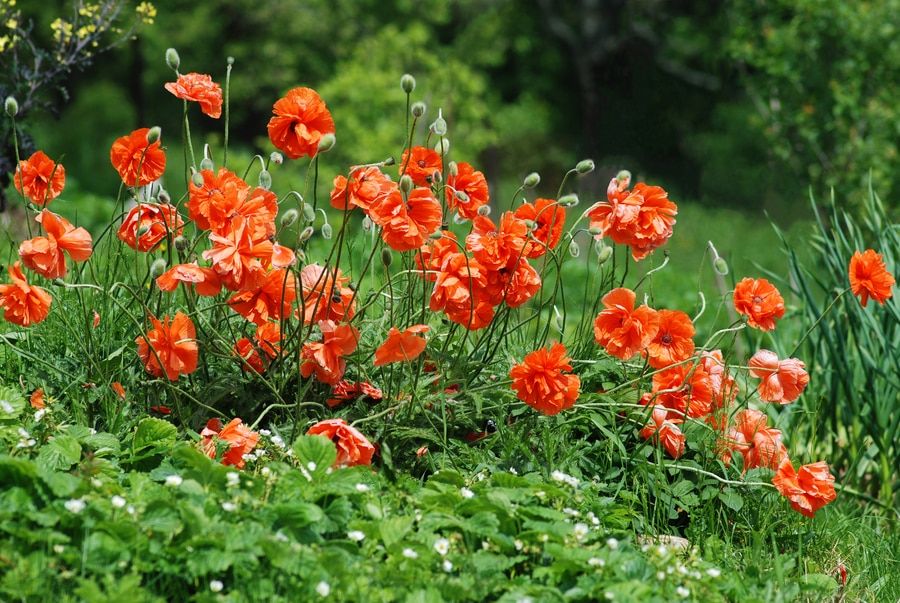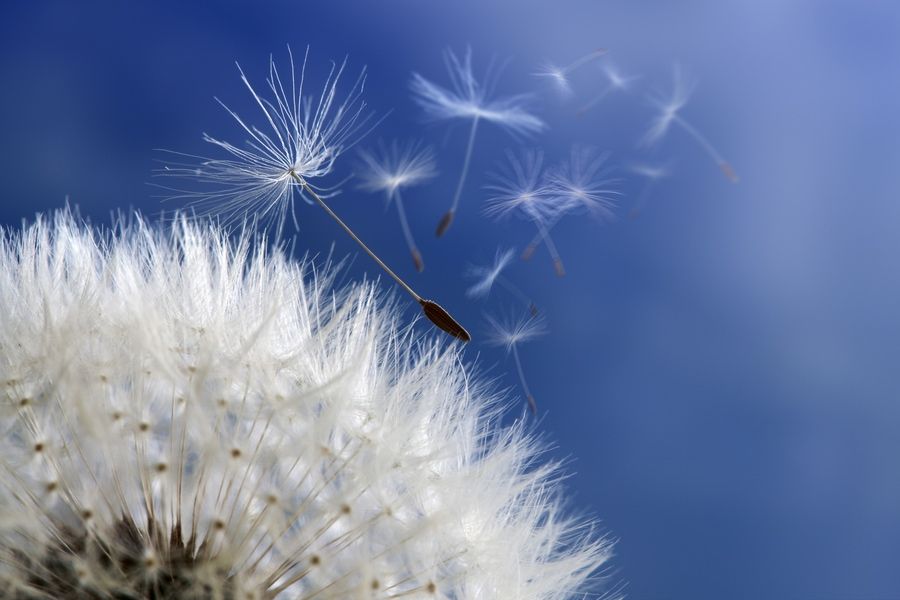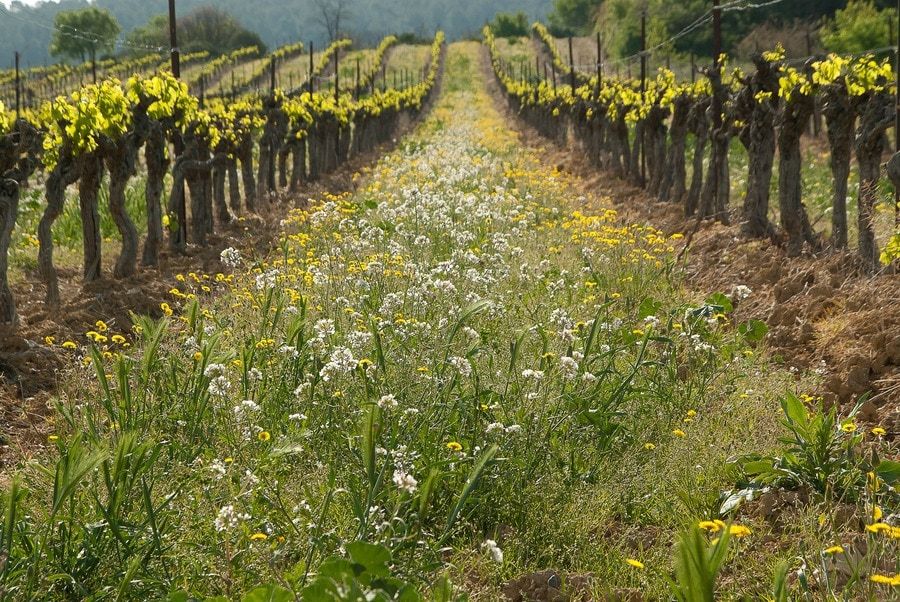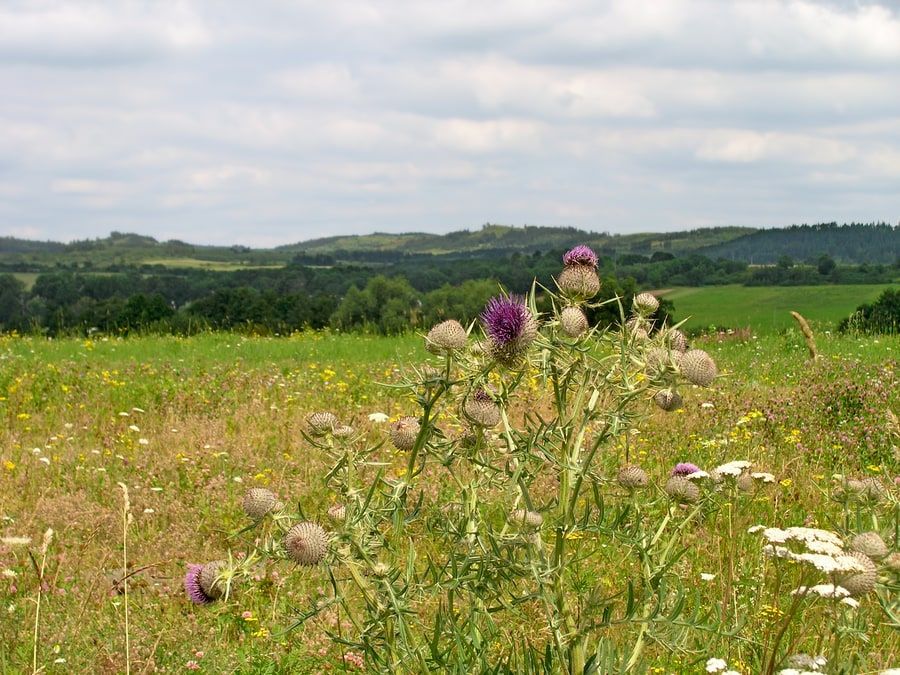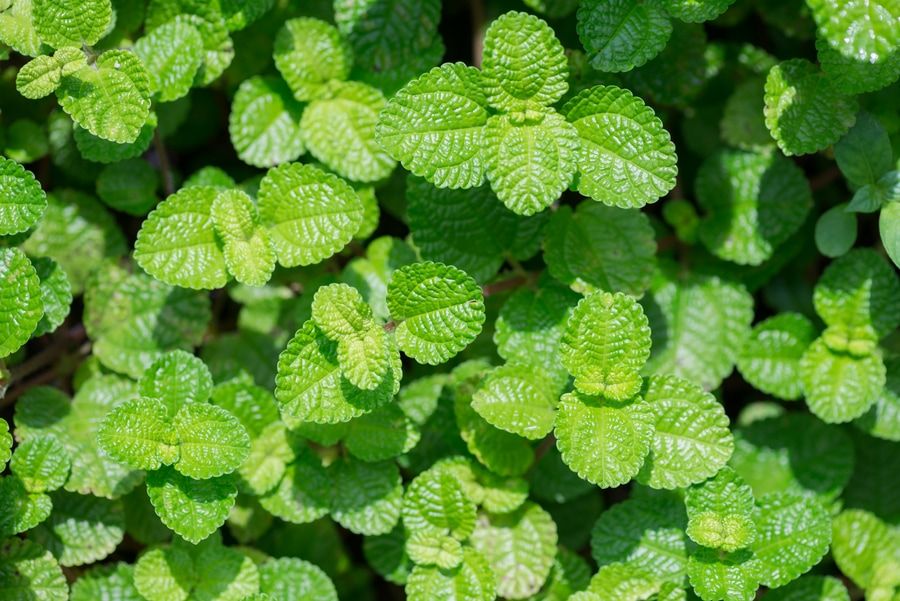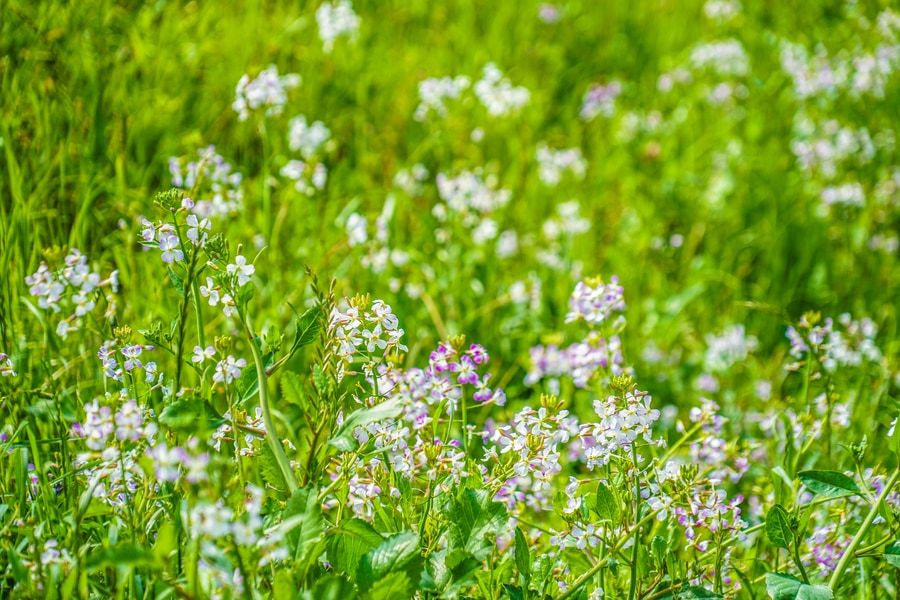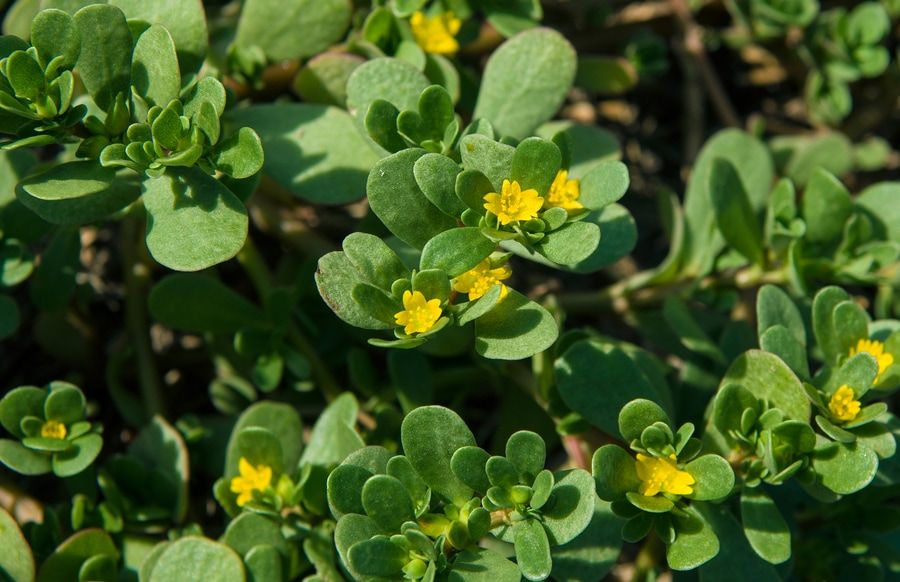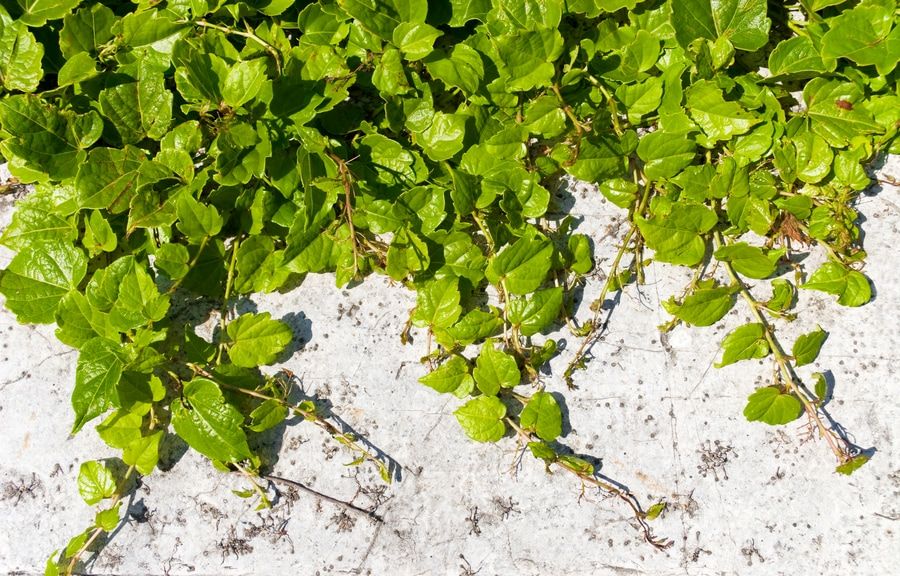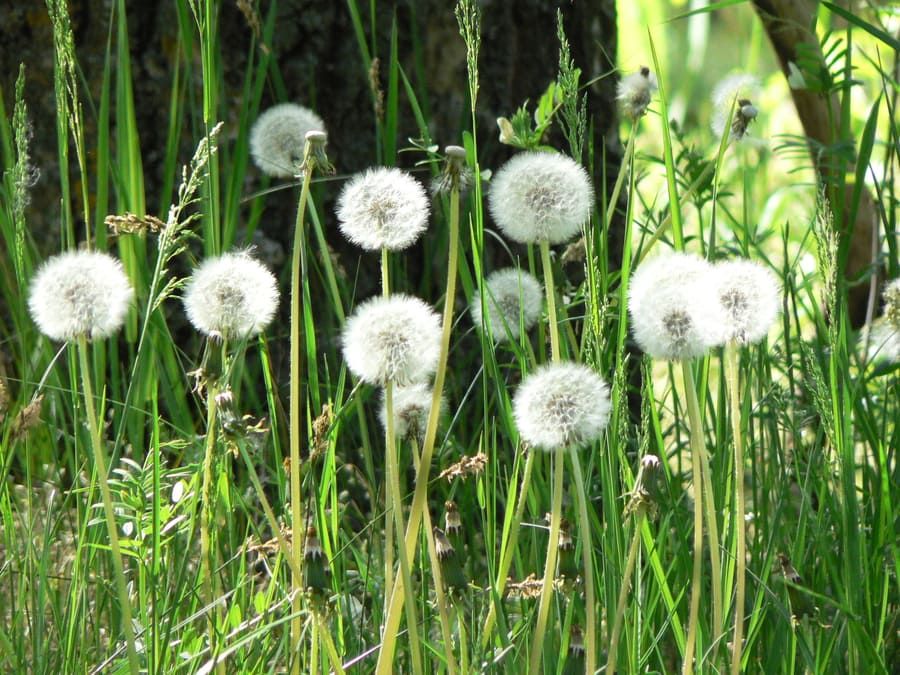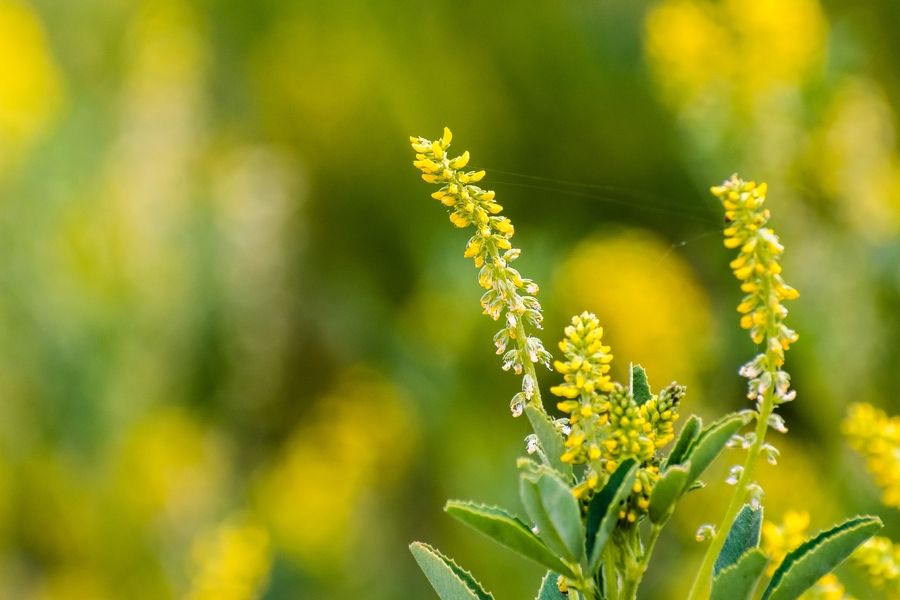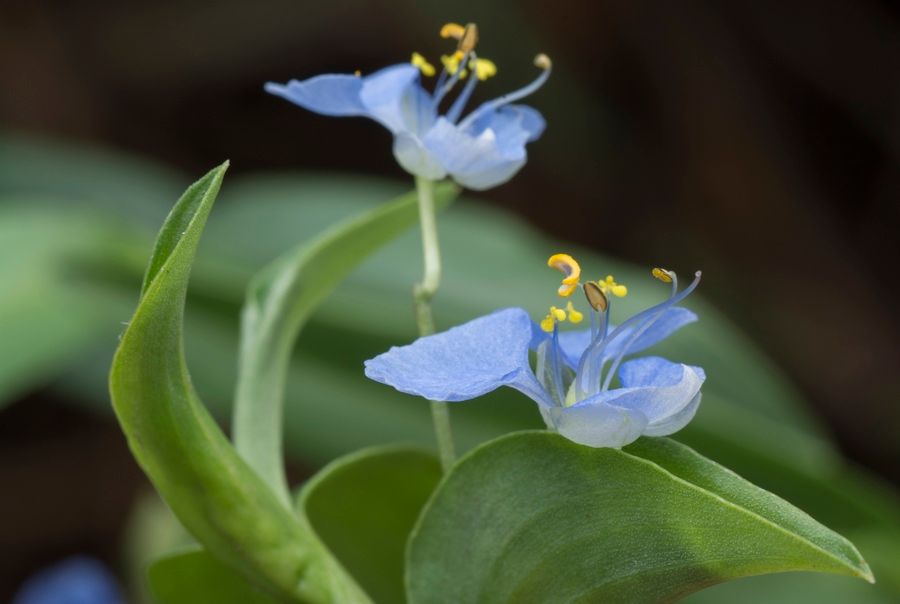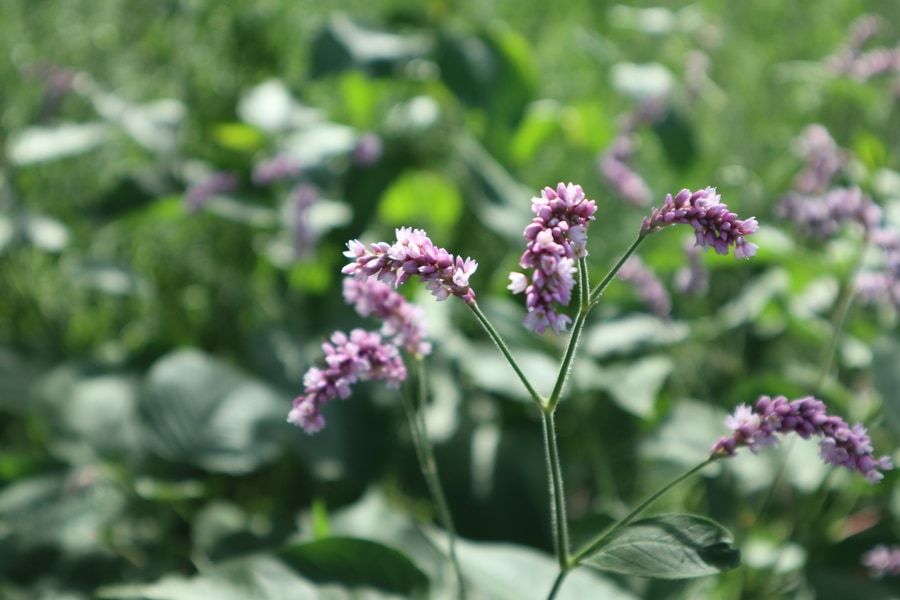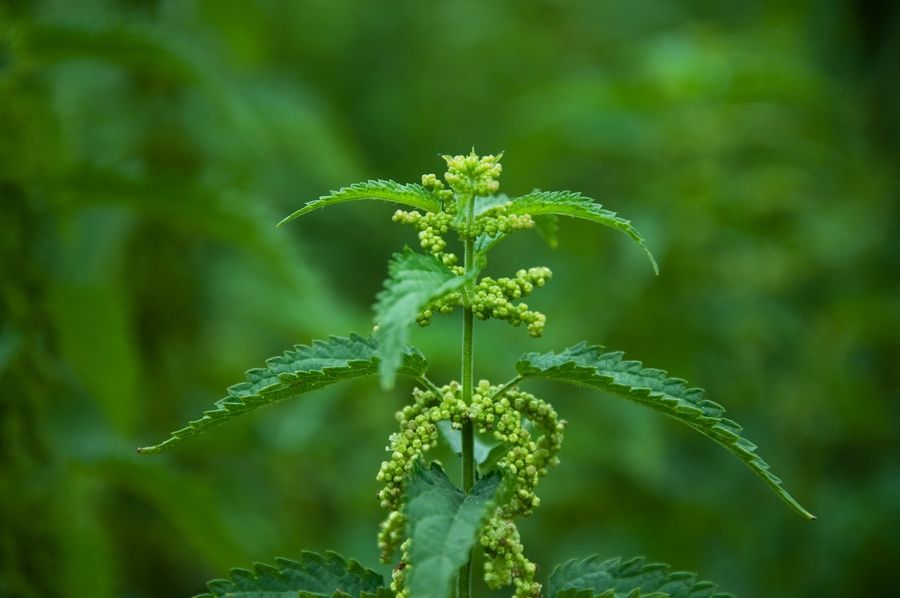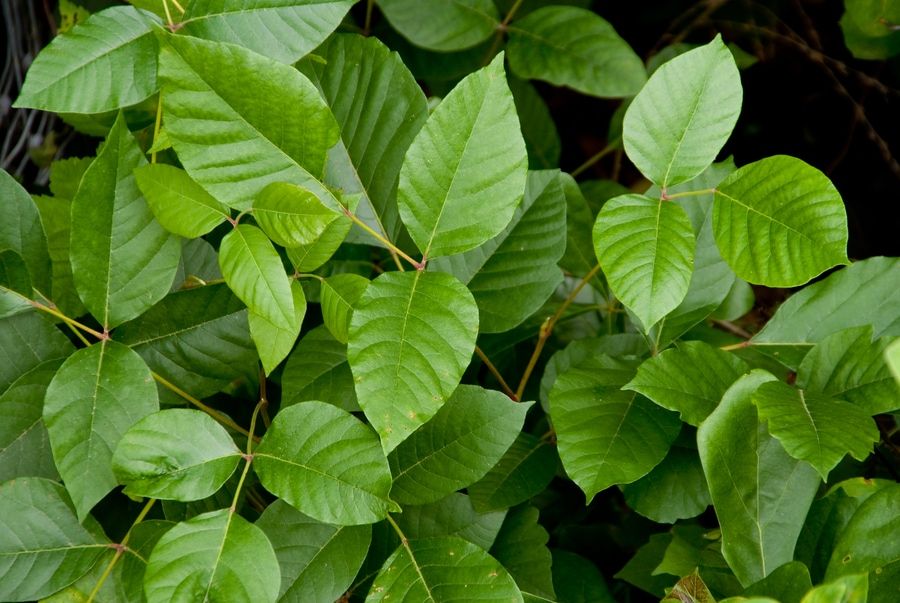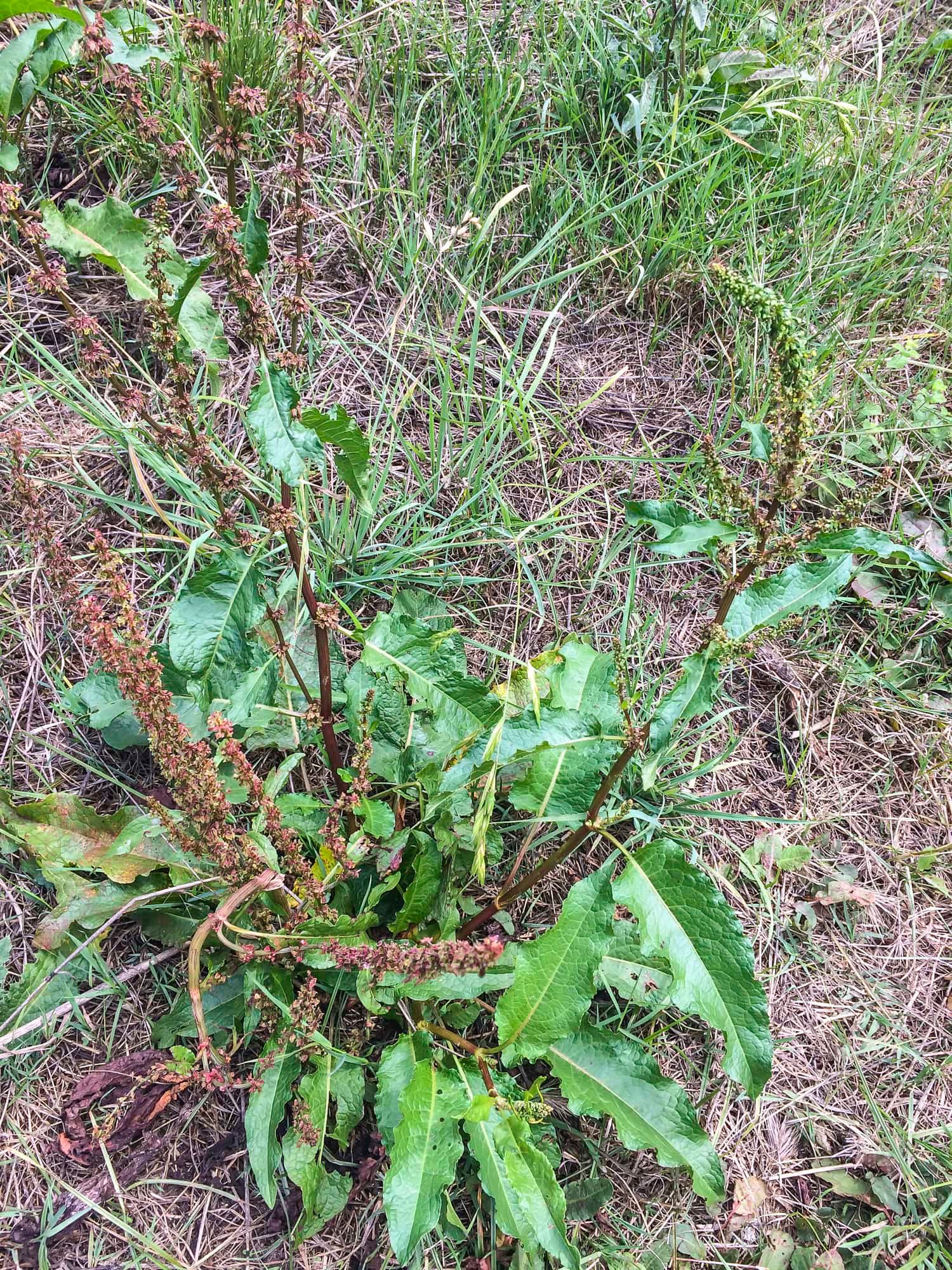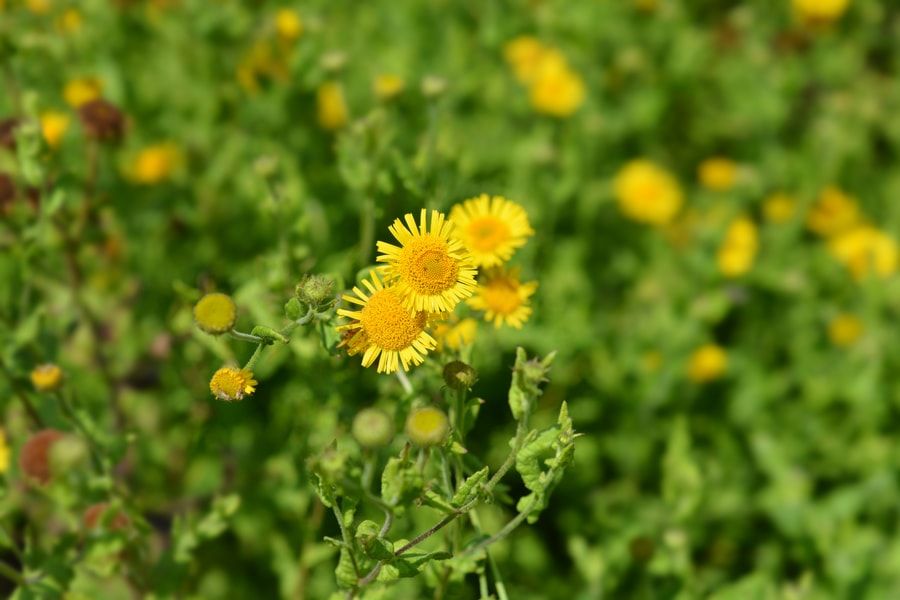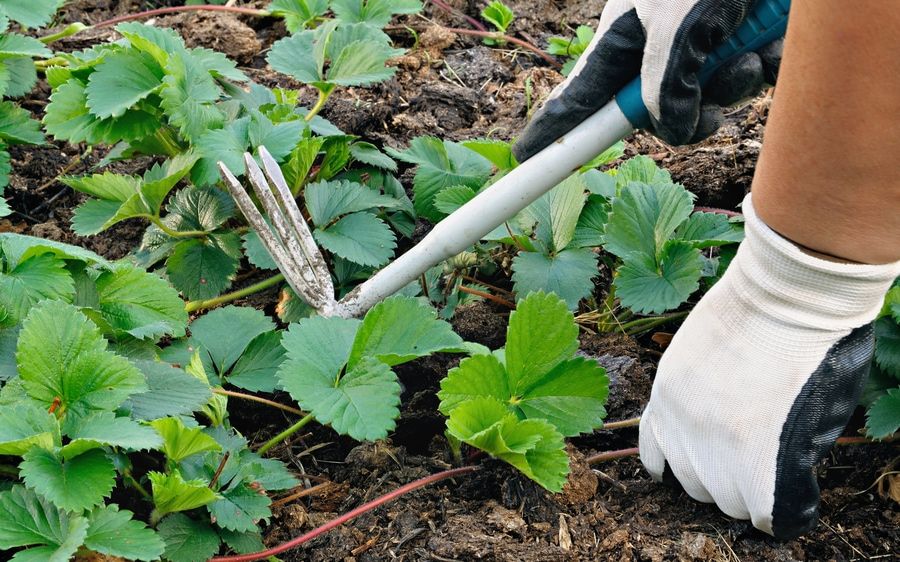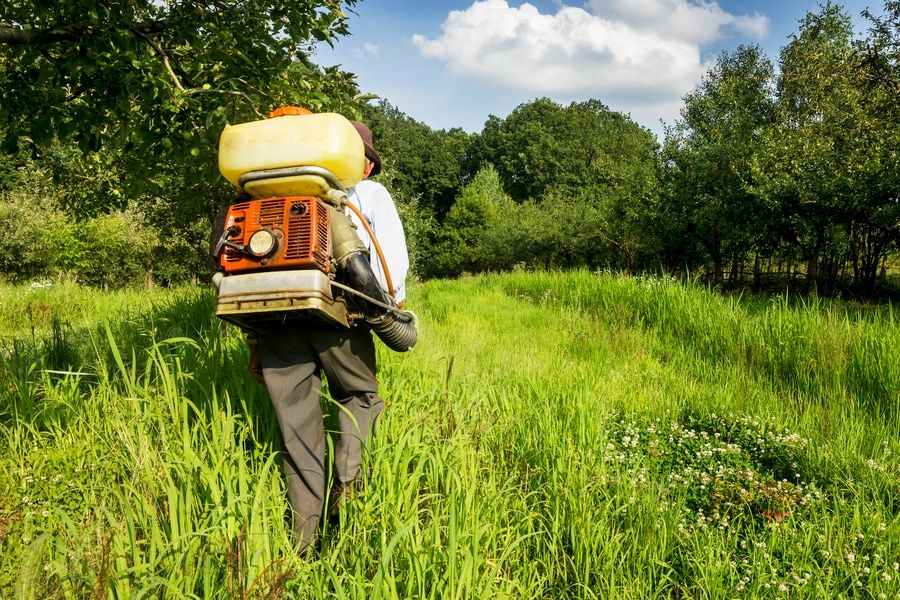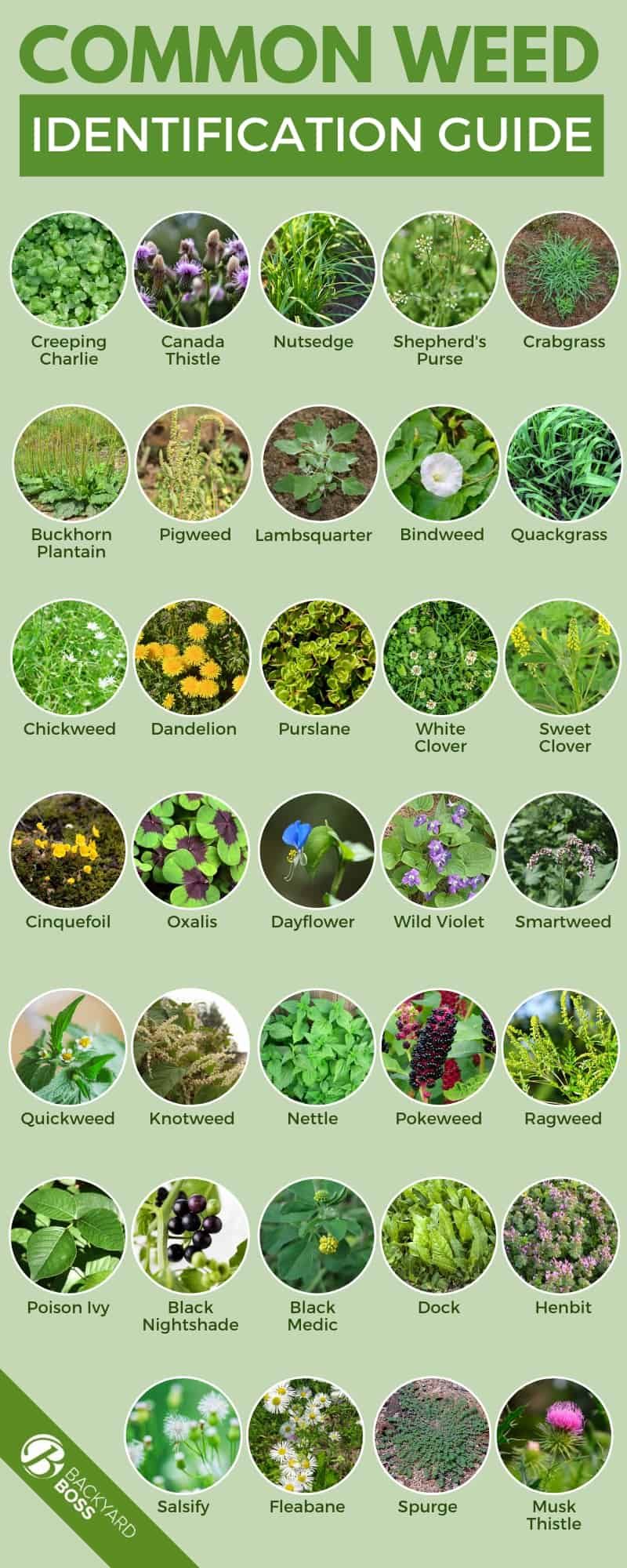Not much is worse than spending hours prepping your soils for healthy lawns and garden beds only to find that not so aesthetically pleasing plants find it just as habitable as your carefully chosen vegetation. This is especially true if you try to avoid a lot of synthetic chemicals and harsh applications to kill off invasive garden weeds since pulling them up by hand takes quite a bit of time.
When something you didn’t expect start to grow, you might be tempted to wait to keep from destroying a surprise that overwintered well. You may also find yourself wondering which plants need immediate removal, which might be worth keeping around for a bit to provide sustenance to pollinating insects, and which might be a native option worth transplanting and keeping around.
This guide highlights the most common types of weeds you might run across in your landscaping adventures, why they are worth removing, and suggestions for eradicating them for good. See our infographic at the bottom of the page for quick identification.
Weeds Defined
A weed, by definition, is a plant growing where it isn’t wanted. This generally means they are in direct competition with your desired vegetation, such as lawns and flower beds. Weeds take up vital nutrients and moisture your plants need and can rapidly overtake areas they are found in.
These types of plants may take up space in desired growing areas, but they also have a tendency to be extremely hardy- surviving in poor soils and little water.
Their presence may indicate imbalances in your soils as well. Since there are well over 250,000 plant species found worldwide and only about 3% are considered a true weed, you might want to check with plant identification before you begin tearing out plants since many native species are vital to the survival of desired insects. For example, Monarch butterflies complete their entire lifecycle on milkweed- a plant once considered a roadside weed.
Growth Habits
Another reason to learn how to identify true problematic weeds is because of their growth habits. Weeds have abundant seed productivity with many species producing tens of thousands of seeds per plant. Many of these seeds are very aggressive in their physical make-up and use sharp barbs and needle like parts to hitch rides to new areas. They grow quickly and spread rapidly which makes them difficult to get rid of if they are not caught shortly after germination. Their seeds also generally survive long periods of dormancy and can withstand drought until conditions are more ideal.
Weed Benefits
Although weeds compete for vital plant nutrients and moisture and can also produce chemical substances that are toxic to some plants and animals, they do serve a beneficial purpose in areas they are left to grow.
Flowering weeds are often found both in early spring and late fall, providing much needed sustenance to early emerging pollinators and allowing migrating insects a place to rest and recharge. Their rapid growth and rooting helps stabilize soils, and then they die off provide additional organic matter for soil protection and eventual decomposition. They provide protection and food for wildlife, and some are even edible to humans.
Types of Weeds
Weeds, just like more desirable plants, are defined by their growth habits and characteristics. If you can determine which kind of weed you have in your yard, you can better head off its lifecycle before it becomes invasive and problematic.
Annual Species
Annual weeds take, on average, one year to complete its life cycle. These are often rapidly spreading and germinate quickly. Annuals can be both winter and summer type with winter species germinating in early fall, going dormant over the winter, and then actively growing through the spring before seeding to start the cycle over.
Summer type species germinate in spring, grow and seed through the summer, and then die off completely with the onset of cold temperatures. If you live where temperatures rarely drop below freezing you may find your annuals acting a bit more like perennials.
Biennial Species
Biennial species take two full years to complete their life cycle. They germinate and form rosettes their first year before going dormant over the colder months. Come spring they flower and seed before dying off.
Perennial Species
Perennial weeds produce long taproots that make them difficult to eradicate. These plants come back year after year from the same root. The tops die off with cold weather onset but will set out new growth as the weather warms. They also often survive being hacked down if the root system is not destroyed as well.
Common Weed Identification Guide
Although some of the weeds listed below have some beneficial uses, they are considered some of the most obnoxious when found in direct competition with crops, lawns and garden beds. Be sure to consider location before applying weed control methods in case they are something you decide to keep around.
Creeping Charlie
Type: Perennial
Creeping Charlie enjoys moist, shady areas and can choke out otherwise healthy grass lawns. It reproduces by both seed and creepings tems. Any part of the root can regrow, making it hard to get rid of. It does not like dry soils and a healthy lawn that is well fertilized can work towards keeping it under control.
Canada Thistle
Type: Perennial
This highly invasive, creeping plant can grow up to 4 feet tall and can grow just about anywhere it takes root. It sends up new plants every 8 to 12 inches and can ruin pastures as most ungulates will avoid the areas it grows in. Roots can also grow up to 15 feet deep. Breaking the root system and pulling can be effective when you first notice them growing. It is also weak during its flowering season.
Nutsedge
Type: Perennial
Nutsedge is a fast growing perennial grass with thick veins and a waxy like coating. It forms nut like tubers in a shallow root system for food and can survive bad soils. These tubers each produce new plants and quickly reproduce new tubers. They are best removed by hand.
Shepherd's Purse
Type: Annual
With long lived seeds, Shepherd's Purse is an annual that grows best in cool weather. The best way to keep this weed from spreading you should pull before it goes to seed.
Crabgrass
Type: Annual
Crabgrass is an annual germinates in spring and is a ground hugging weed that invades weak, undernourished lawns. Although it looks like grass, it can easily take over an unhealthy lawn. The seeds it produces can stay in the soil for many seasons until disturbed. Properly caring for your grass can support a strong root system that influences a thicker lawn to deter crabgrass from taking hold.
Buckhorn Plantain
Type: Perennial
This is a hardy perennial that is often found in meadows and pastures but can also show up in lawns and gardens. To remove you need to hand weed and destroy the plant. The leaves are very edible when young like many other perennials.
Pigweed
Type: Annual
Highly problematic, pigweed is a fast growing, tough weed that can get quite large overall. It chokes out crops when not removed, and can take seed in the smallest of cracks and create problems in driveways and brick walkways and patios. It is very edible when the leaves are young and tender, and are packed full of essential vitamins.
Lambsquarter
Type: Annual
This annual weed is one of the most commonly found throughout North America and can be a problem in many crops. It is fast growing and produces small seeds that can survive decades before germination. It removes moisture from soils and should be eradicated as quickly as possible. The leaves are actually edible and can be used in salads.
Bindweed
Type: Perennial
Bindweed is actually a perennial morning glory. They may be pretty to look at, but they produce a deep root that can sink up to 14 feet into the ground. They spread quickly, are difficult to kill, and can wind into your plants and choke out your plants.
Quackgrass
Type: Annual
The long, wide leafed grass leaves of quackgrass are rough and burr-like. The roots form thick, dense mats and break easily. Any root left behind will re-grow into new plants. They need room to spread and are easily choked out in healthy, well fed lawns.
Chickweed
Type: Annual
There are different species of chickweed that grow in gardens, lawns, and agricultural areas. When allowed to grow without competition it can take up to a decade to eradicate due to how fast it produces seeds. The best way to control it is to remove it before it flowers. Mulching can help keep the seeds from germinating. Young leaves, stems, and flowers are all edible.
Dandelion
Type: Perennial
The long 10 inch taproot of a dandelion ensures it will come back year after year unless you pull the whole root. It takes hold in any lawn opening it can find and thrives in poor soils. It does need room to grow, however, so thicker, healthier lawns will not be a supportive habitat. Dandelion flowers are excellent food sources for early pollinators, plus it is an edible weed, so allowing it propagate early in the season and then be choked out by organic eradication processes is popular control.
Purslane
Type: Annual
This annual succulent likes warm fertile soils and can produce up to 2 million seeds per plant. It also can reproduce via its succulent leaves, making it incredibly hard to eradicate. Because it can live in soils for years, it is best to pull as first begins to grow. It also can be eaten and is full of nutrition.
White Clover
Type: Perennial
Also called Dutch Clover, this is a cool season perennial that creeps from stems as it produces roots. It actually is a nitrogen fixer and is highly beneficial to poor soils as it decomposes. Pulling is very effective. Moisten soils prior to pulling to make it easier.
Sweet Clover
Type: Annual
Sweet clover is a very distinctive plant with long branches, small clover like leaves and clusters of bright yellow flowers. They are beneficial to wildlife and are easy to spot to remove from your garden when they do make an appearance. They can grow just about anywhere, but are not very invasive.
Cinquefoil
Type: Perennial
Found in neglected lawns, cinquefoil has a creeping a habit that sets up roots as it travels. The leaves and flowers look a bit like a wild strawberry although they are yellow instead of white. They can be hand weeded, and raking lawns helps keep them from taking hold. Treating soils and fertilizing for a healthier grass can keep them from coming back as well.
Oxalis
Type: Perennial
With the ability to grow just about anywhere, the leaves are clover like and blooms a cup shaped yellow flower that blooms twice a year that produce thousands of seeds. They are bet to pull as they emerge in spring.
Dayflower
Type: Annual
The dayflower can grow up to 30 inches high and wide and has a dark green leaf with a bright blue flower. Related to a grass, they are easy to spot and pull up easily. They are a popular plants to leave in areas where they are not competing with planted flower beds.
Velvetleaf
Type: Annual
These plants are huge and can grow up to 10 feet tall and have huge, 10 inch leaves that are velvety in feel. They like fertile, sunny soils and are easy to pull when they first begin to grow due to their size and fast growing habit.
Wild Violet
Type: Perennial
Often grown as an ornamental in shade gardens, the heart shaped leaves and small purple spring flowers makes it an ideal low growing ground cover. It may die off as the summer progresses and come back each spring, and to remove it pull it as it shows itself before it blooms. It may take a few years to completely eradicate it.
Smartweed
Type: Annual
The upright structure of this plant is unique and gets up to almost 4 feet tall. Small pink and white flowers bloom in summer and fall and create tons of seeds. It is easily recognizable to pull as it begins to grow, but because it supports wildlife, it is generally allowed to grow unless directly in competition with gardens.
Quickweed
Type: Annual
Jagged hairy leaves and small daisy shaped flowers are found on this 2 foot tall plant. They are easily recognizable and easy to pull as they first emerge to avoid their spreading through the season.
Knotweed
Type: Annual
This delicate weed enjoys sunny and partly sunny areas and can become quite invasive. It is easier to pull as it gets longer (up to 12 inch stems) but you need to ensure you are getting the roots as well. Leaves are thin and a bluish-green color.
Nettle
Type: Perennial
Nettle can get up to 6 feet tall and prefers moist, rich soils. The sawtooth edge leaf and yellow flowers covered in stinging hairs make it very distinctive. Touching the hairs can create a skin rash, so always use gloves when digging these out.
Pokeweed
Type: Perennial
Pokeweed can grow up to 10 feet tall and 2 feet wide that present clusters of white flowers that turn into dark purple berries. They root deeply, but can be pulled as they make an emergence in the spring. You may also want to treat the roots with a preemergence to avoid it growing back.
Ragweed
Type: Annual
This annual plant creates all sorts of allergy issues with many people who come in proximity to it. It can grow up to 4 feet tall and has a delicate, fern like leaf. Mulching your garden helps keep it from growing, but if you see it pop up it is very distinctive and easy to pull by hand.
Poison Ivy
Type: Perennial
This ivy can get up to 15 feet tall when it grows as a vine, but it can also grow as a shrub or even a creeping ground cover. Clusters of three leaflets and a reddish vein makes them very distinguishable, as do the green berries they occasionally bare. They secrete an oil most people are allergic to which causes a severe skin reaction. Even when the plant is dead they can cause reactions so it is best to treat them chemically with killer made specifically for the plant.
Black Nightshade
Type: Annual
This is a poisonous plant that should be removed from any area it is growing. It does need to be ingested for toxicity to occur, but the purplish/red fruits can be very tempting to children. It can grow as a bush or vine, and is generally 2 feet tall. It is easy to recognize and pull as it begins to grow.
Black Medic
Type: Annual
Black Medic grows in dry, poor soils and prefers full sun. The small clover like leaves and yellow flowers grow along creeping tendril like vines from a center root. You can avoid the growth of this plant simply by keeping your soils well watered and grasses fertilized.
Dock
Type: Perennial
Dock has large, wavy edged leaves and produce large seed heads that can contain up to 40,000 seeds. They grow large, up to 4 feet tall, and are easy to spot as they grow quickly. The seeds can sit for decades before they germinate.
Henbit
Type: Annual
This low growing ground cover can grow just about anywhere and has a scalloped edge leaf with purple flowers. They grow outwards from a single root and are easy to pull from the ground.
Salsify
Type: Biennial
Salsify can get quiet large and prefers sunny areas. Their thin, grassy leaves support large yellow flowers that seed into large puffballs- similar to a giant dandelion puff. They are easy to pull by hand and do not grow in large clusters. Flowers are beneficial to pollinators.
Fleabane
Type: Annual
The upright stem of fleabane has many narrow leaves that center around the stem. It can grow up to 2 feet tall and is found in sunny areas. It has puffy white or pale lavender flowers that look like daisies. Pull by hand before they flower.
Spurge
Type: Annual
Preferring dry soils, spurge is a low growing ground cover that creeps along and chokes out just about anything it competes with for water and nutrients. The green leaves have a purplish-blue center and can form a dense mat that keeps preferable plants from germinating due to a lack of sun. Mulching is very effective in keeping it from taking hold.
Musk Thistle
Type: Biennial
With the ability to grow up to 6 feet tall, this plant is closely related to Canada Thistle and has prickly leaves and purple flowers. Sun-loving, it is easy to spt and pull up from the root. Be sure to use protection as it can cause skin irritation.
Weed Control Suggestions
Once you have determined which plants are weeds and which are not, you need a plan to get rid of them. There are many things you can do to get your weeds under control, with most gardeners using a variety of methods to ensure the health of their lawns and garden beds. The use of chemicals is frowned upon since they often can affect your desired plantings as well, and may be toxic to your local beneficial insect population. However, in some cases an application may be needed to get rid of the worst of certain hardy weeds.
Organic Eradication Practices
Although generally requiring a bit of physical labor at first, regularly using organic weed eradication processes is highly effective. Things you can do to keep weeds at bay include:
- Plant close together to limit sunlight and soil space for weeds to take hold in.
- Mulch or use landscape fabrics to suffocate out plants you don’t want and keep fallen weed seeds from germinating.
- Keep your lawns regularly mowed and pull weeds immediately as you see them start to grow in your gardens. Be sure to pull from the root. This ensures they never get a chance to seed.
- Regularly till or hoe your gardens and turn soils over to disrupt any germination that may be occuring and bringing any seeds to the surface so they dry out or are eaten by wildlife.
- Allow non-invasive, good weeds to stay put. These are your native options that may blend well into your gardens and provide benefits rather than choke out your hard work.
- Improve your soils as some weeds grow specifically in poor soils due to your lawns or groundcovers struggling with nutrient deficiencies.
Non-Organic Eradication
Many people may frown on the use of chemical weed control, but at times it is necessary to reclaim large areas of ground or to eradicate a particularly aggressive species. Some herbicides only kill certain species, while others kill everything they come in contact with. There are many herbicides you can choose from that will kill a weed from the root to keep it from coming back. These are generally most effective when you get the weed prior to seed formation.
You also can hire companies to come out and spray on a regular schedule to kill off the entirety of a lifecycle. This is especially effective with fast growing annuals in warm climates that quickly germinate, grow, and seed in a short period of time.
Conclusion
Hopefully this article has helped explain some of the most common weeds you are most likely to see in your landscape, and what you can do about them when they become a nuisance. Because many are beneficial to local wildlife, some people like to leave certain areas open to their growth, or pull them before seeding occurs in order to allow pollinators to take advantage of mature blooms.
Edible options are easy to keep around when harvested during early growth, which keeps them from manturing to seed. Only the most invasive and difficult plants to eradicate may need any chemical treatments- with pre emergent chemicals generally being the most effective.
Let us know below if you have any questions, and, as always, please share!

